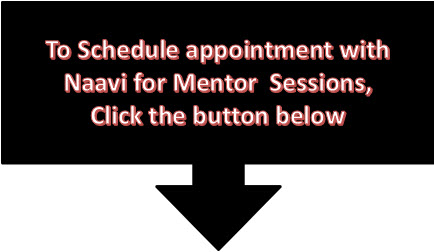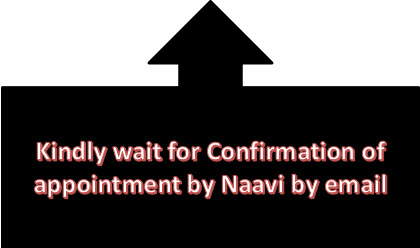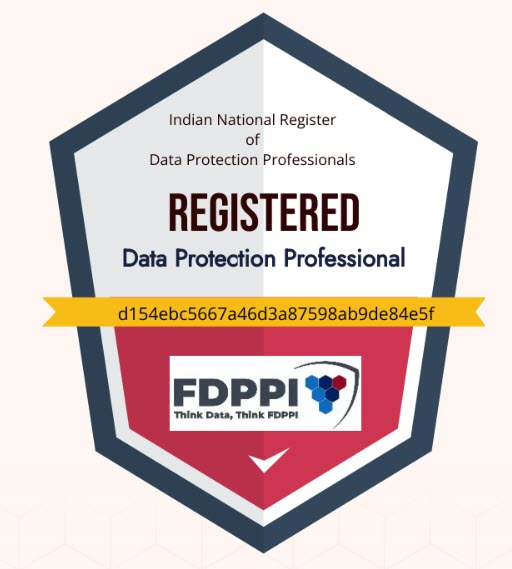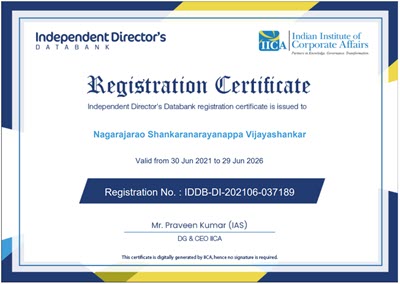After the demonetization of Rs 500 and Rs 1000 currency on November 8, 2016, we have all been discussing cashless and less cash digital payment systems. Presently there are several options beyond the Cheques, NEFT, RTGS ,IMPS as well as the “Cards”, in the form of the new generation of mobile Apps.
While more than 38 Banks have their own UPI s, there is BHIM as a common platform and USSD system to support the Mobile wallets of PayTM and its siblings.
Behind all this the Aadhaar Based Pinless system threatens to engulf all others once it is introduced and accepted.
The Consumer in the meantime is confused as to how to approach the coming digital payment/receipt scenario and which platform to prefer.
While the initial attraction would be to the most heavily advertised, it is necessary for consumers to in due course pick a good option based on some criteria.
It is not easy to pick the right option and even selecting the right criteria and evaluating the several options available.
However the principal factors that Consumers need to see are
a) Convenience
b) Cost
c) Security
Presently, consumers are just learning how to use these Mobile Wallet and UPI apps and hence “Convenience” is in the forefront of selection. Most of the apps require internet connection and a few have now crossed this barrier with the introduction of “Interactive Voice Response”.(IVR). The IVR system of say PayTM scores over many other systems including USSD because of its ease of use and familiarity with the IVR system in the ordinary customer.
Additionally, PayTM has a wider reach amongst the merchants and hence will lead the pack for some time as the preferred Mobile Wallet . Presently PayTM can be linked to the credit card or net Banking of the user so that there can be a seemless transfer of money to the wallet on the fly. Probably it will be linked to UPI and BHIM shortly and also interest may be paid on the balance in the wallet since PayTM is now a Payment Bank.
On the cost front, things are yet to settle down since UPI charges are currently being subsidized by the Government and the charges on the cards are on the flux. Soon, RuPay cards may come on stage as credit cards breaking the monopoly of VISA/MASTER and then the acquiring Banks and Issuing banks may be able to rationalize their charges.
However, as long as the Government does not withdraw the service tax on digital payments, it will continue to be the tax which will keep irritating the consumer and make him delay the adoption.
Presently the Mobile wallets/UPI are not charging the customers directly and hence they appear to be the nearest to cash transactions.
In the coming days, Government may introduce disincentives for Cash and incentives for digital payments and until there is clarity on this issue, Cost remains an enigma in different options.
Last but not the least, the consumers are concerned with the security of the new payment systems. The continued reluctance of RBI to notify the August 11, 2016 circular and the risks of frauds in the use of Mobile based systems continue to be a threat that can upset all the calculations of the “Less Cash Society”. One major scam will push all consumers back to cash usage once the shortage of currency is sorted out.
In the meantime alert consumers would consider
a) Limiting the risk by opting for wallets which donot provide a seemless link to the Bank account (Trading off convenience to security)
b) Avoiding new mobile apps for fear of embedded malware
c) Using Prepaid Physical cards and Prepaid Virtual Cards as substitutes for wallets.
d) Opting to continue to use cash unless forced.
The only way by which RBI and the Government may be able to push greater adoption of the digital payment systems is to be able to reduce the cost of online transactions to such levels where the consumer will feel the benefit and then provide the security back up in the form of either a blanket Cyber Insurance against frauds at the cost of the Banks/Government or the quick implementation of the “Limited liability” concept.
In the meantime, the “Watal Committee Report” has made many recommendations which we shall analyze in the coming articles.
Naavi










